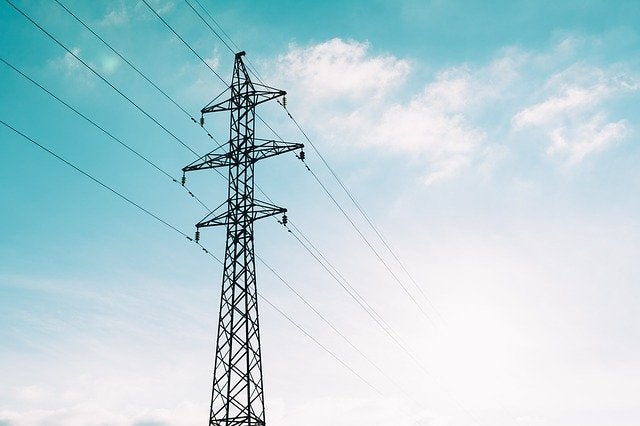
Starwood Energy Group Global has secured approval from the California Public Utilities Commission (CPUC) for its 500kV Ten West Link high-voltage transmission project.
The transmission project is proposed to be laid between Central Arizona and Southern California.
The company said that CPUC has unanimously approved the issuance of a Certificate of Public Convenience and Necessity for the construction and operation of the 3.2GW transmission project.
Expected to begin operations in 2023, the Ten West Link will boost the reliability of the bulk power system serving the Central Arizona and Southern California regions, said Starwood Energy Group.
The company further claimed that the transmission line will help in lowering costs to ratepayers as well as enable the development of new renewable energy solar and solar plus storage resources in the Desert Southwest region.
The capacity of the Ten West Link transmission project will become part of the Californian grid, said the company. Sponsored by its affiliate DCR Transmission, the project will be managed by the California Independent System Operator Corporation (CAISO).
DCR Transmission was selected to develop the transmission link by the CAISO through a competitive solicitation in 2015.
Starwood Energy CEO Himanshu Saxena said: “We are very appreciative that both Arizona and California have endorsed the economic, reliability and environmental benefits that the Ten West Link project will provide to the region.
“We appreciate the support from CAISO throughout the development phase of this critical infrastructure project. Expanding our nation’s electric transmission network is critical to maintaining a strong, resilient and reliable grid, and to the continued decarbonisation of the energy infrastructure.”
The Ten West Link transmission project is expected to traverse nearly 183km. It will begin at the Delaney Substation of Arizona Public Service near Tonopah in Arizona and end at the Colorado River Substation of Southern California Edison (SCE) near Blythe in California.
The transmission line is planned to be located in Arizona’s Maricopa and La Paz counties and the Riverside County in California. It had been issued a final environmental impact statement (EIS) from the US Bureau of Land Management (BLM) in September 2019.
Saxena said: “Transmission projects are challenging to accomplish. This milestone approval by the CPUC builds on more than five years of collaborative effort with individuals, businesses, State and Federal agencies, and other stakeholders.”






